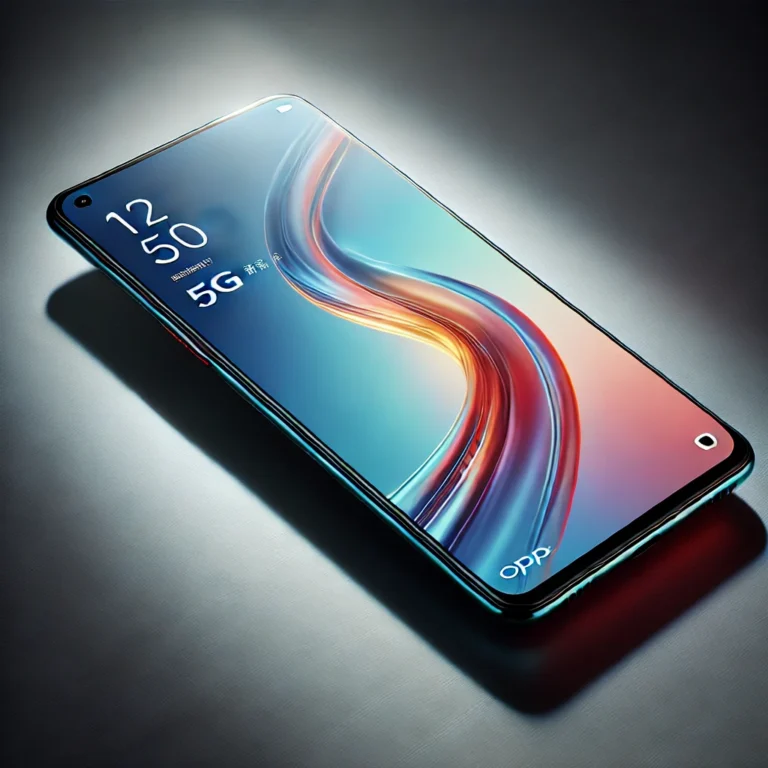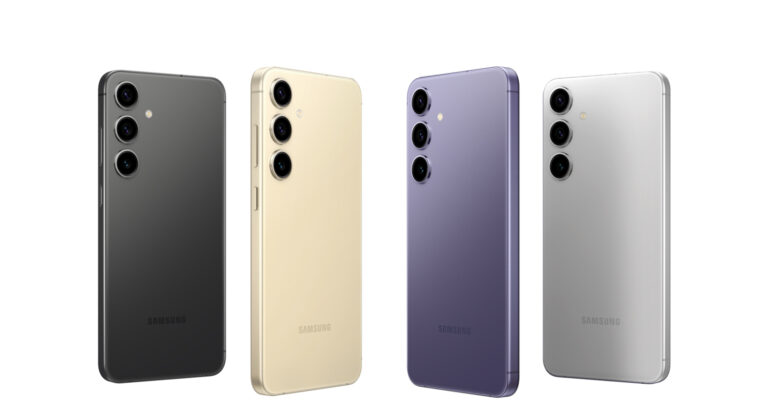Samsung Tablets 2024: A Comprehensive Review of Flagship, Mid-Range, and Budget Models for Every User
Samsung’s tablet segment has consistently been one of the strongest in the Android market, offering a wide range of options catering to different user needs, from budget-friendly devices to high-end tablets that rival Apple’s iPad Pro. Below is a comprehensive review of Samsung’s tablet lineup, key models, strengths, weaknesses, and its overall position in the market.
Key Models:
1. Samsung Galaxy Tab S9 Ultra
- Display: 14.6-inch Super AMOLED, 120Hz refresh rate.
- Performance: Qualcomm Snapdragon 8 Gen 2, up to 16GB RAM.
- Software: Android 13 with One UI 5.1.
- Features: S Pen included, 5G support, DeX mode for a desktop-like experience, multi-window multitasking.
- Pros: Outstanding display, powerful performance, excellent for productivity and creative work.
- Cons: Large size may be unwieldy for some users, premium price point.
2. Samsung Galaxy Tab S9+
- Display: 12.4-inch AMOLED, 120Hz refresh rate.
- Performance: Snapdragon 8 Gen 2, 8GB RAM.
- Software: Android 13 with One UI.
- Features: S Pen support, 5G-ready, multi-tasking features.
- Pros: High-quality display, included S Pen, powerful for productivity tasks.
- Cons: Expensive, but slightly more manageable in size compared to the Ultra model.
3. Samsung Galaxy Tab S8
- Display: 11-inch TFT LCD, 120Hz refresh rate.
- Performance: Snapdragon 8 Gen 1, 8GB RAM.
- Software: Android 12 with One UI.
- Features: S Pen included, DeX mode, optional keyboard support.
- Pros: Great value for a high-end tablet, responsive S Pen, powerful enough for most tasks.
- Cons: LCD screen not as vibrant as AMOLED displays.
4. Samsung Galaxy Tab A8 (2022)
- Display: 10.5-inch LCD, 60Hz refresh rate.
- Performance: Unisoc Tiger T618, 3GB/4GB RAM.
- Software: Android 11 with One UI.
- Features: Budget-friendly, solid for basic media consumption, Kids Mode.
- Pros: Affordable, decent display for the price, good for light use and children.
- Cons: Lower performance compared to flagship models, less vibrant display.
5. Samsung Galaxy Tab Active3
- Display: 8-inch TFT LCD, 1920×1200 resolution.
- Performance: Exynos 9810, 4GB RAM.
- Software: Android 11, rugged design with military-grade durability.
- Features: S Pen, shock-resistant, waterproof (IP68).
- Pros: Great for industrial, fieldwork, and outdoor use, durable, replaceable battery.
- Cons: Not designed for high-performance tasks, niche use case.
Strengths of Samsung Tablets:
- Variety of Models for Different Users: Samsung offers tablets at every price point, from budget options like the Galaxy Tab A series to premium models like the Tab S9 Ultra. This range allows users to choose based on their needs—whether they want a high-end device for productivity or a budget-friendly tablet for casual media consumption.
- S Pen Integration: The S Pen comes included with most of Samsung’s higher-end tablets, offering excellent value compared to competitors like Apple, where the stylus is sold separately. The S Pen is particularly well-regarded for its precision, responsiveness, and usability for tasks like note-taking, drawing, and editing.
- Samsung DeX Mode: Samsung’s DeX mode transforms its tablets into a desktop-like experience, making them some of the best Android tablets for productivity. When connected to a keyboard and monitor, users can effectively use the tablet as a laptop replacement.
- High-Quality Displays: Samsung is known for its stunning displays, particularly its AMOLED panels on the Tab S9 series. These displays are vibrant, sharp, and perfect for media consumption, gaming, and creative work. The high refresh rates (120Hz) also make for smooth scrolling and responsiveness.
- 5G Connectivity and Long-Term Support: Samsung offers 5G support on many of its high-end tablets, future-proofing them for faster connectivity. They also offer solid long-term software support, with regular updates for several years.
Weaknesses of Samsung Tablets:
- High Pricing for Premium Models: While Samsung offers a wide variety of options, their top-tier models like the Galaxy Tab S9 Ultra can be quite expensive, particularly when accessories like the keyboard case are factored in. This pricing puts them in direct competition with Apple’s iPad Pro, making it difficult for some users to justify choosing Android over iOS.
- Android’s Tablet Ecosystem: Despite Samsung’s hardware excellence, Android’s tablet-specific apps and overall optimization are still lacking compared to iPadOS. While Samsung tries to bridge this gap with its One UI interface and DeX mode, the app experience on Android tablets isn’t as polished as on Apple devices.
- Size of the Tab S9 Ultra: The 14.6-inch Galaxy Tab S9 Ultra, while powerful, is large and may not be the most practical for on-the-go usage. Its size makes it more suitable as a laptop replacement but less convenient for casual tablet use.
- Lesser Performance in Budget Models: Samsung’s budget offerings, like the Galaxy Tab A8, don’t offer the same level of performance as their flagship models. While they are fine for basic tasks like web browsing and media consumption, they can feel sluggish when multitasking or running more demanding apps.
Samsung’s Market Position:
- Leader in Android Tablets: Samsung remains the clear leader in the Android tablet market, offering the most premium Android options available. Their flagship models, such as the Galaxy Tab S9 Ultra, are aimed at professionals and creatives, directly competing with Apple’s iPad Pro.
- Strong Global Presence: Samsung tablets are widely available globally, and they have a strong foothold in markets where Apple’s products are seen as too expensive. Samsung’s variety of options ensures that they cater to multiple segments of the market, from budget-conscious consumers to premium users.
- Enterprise and Education: With the rugged Galaxy Tab Active series and support for Samsung’s Knox security platform, Samsung has made a name for itself in the enterprise and education sectors. The rugged tablets are popular in industries like construction and logistics, while the Galaxy Tab A series is often favored for educational use.
Verdict:
Samsung’s tablet lineup is among the most diverse and well-rounded in the market. The high-end Galaxy Tab S series offers incredible performance, beautiful displays, and a great experience for both productivity and creativity. However, the lack of Android-specific tablet apps and the premium pricing of top-tier models can be downsides. Despite this, Samsung’s DeX mode, S Pen integration, and the flexibility of Android still make it a top contender, especially for users already within the Samsung ecosystem.






